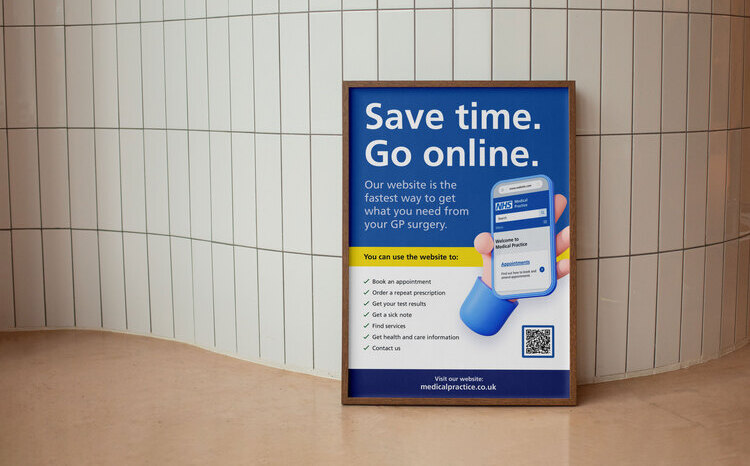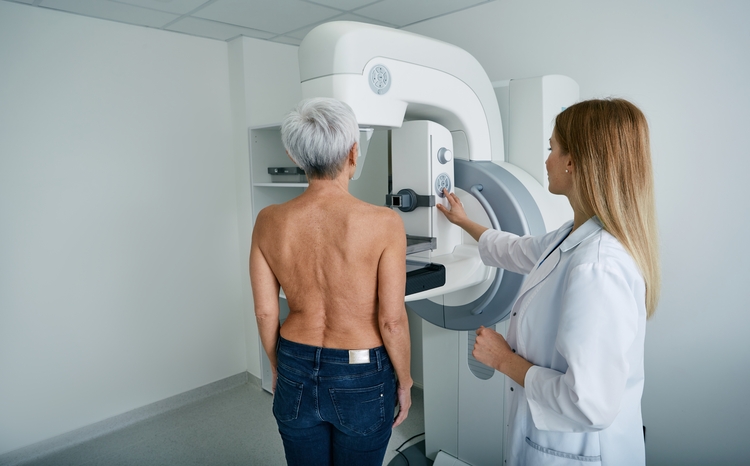How data can help make ‘care closer to home’ a reality
- 21 February 2024

Poor quality data is partly to blame for the failure to shift care out of hospitals and into the community. But simple steps can make data an enabler of change, writes The King’s Fund’s Danielle Jefferies
Care ‘closer to home’ is the way forward for health and care services in England. For the last 30 years, policy makers and system leaders have had a vision to deliver more care via primary care services, community care services, public health, and social care services, rather than via hospitals services. However, as a new report from The King’s Fund highlights, there has been a systematic failure to turn this vision into reality, and data has played a part in this failure.
To make care closer to home a reality, there needs to be a wholesale shift in financial architecture, workforce training and cultural attitudes towards delivering care in the community, and a shift towards long-term solutions. The lack of good quality data on care closer to home is currently a barrier to these shifts.
Although there is lots of useful data on community health, primary care, public health and social care, it is not on the same level as data on hospital care. Every hospital in England collects a wealth of data on its services, but there are still data gaps on care delivered closer to home, as not all service providers are routinely collecting data.
The current data on care closer to home is a poor representation of care delivered in the community. The data that is collected focuses on the number of contacts or appointments, which does not capture the complexity of care delivered by practitioners. Patients receiving care in the community often have long-term conditions or multiple different conditions, as well as both health and social care needs. The current contact data doesn’t capture patient outcomes, which is arguably the most valuable measurement for health and care services.
Cycle of invisibility
This leads to what our recently published report describes as a ‘cycle of invisibility’ for care closer to home. Without good quality data on services, leaders do not have the information they need to predict demand, commission services, evaluate new models of care, benchmark standards of care, reimburse care and incentivise change. Which means investment in care closer to home gets overlooked. The inaction in this area means there is no incentive to collect good quality data, and the cycle repeats itself.
But data doesn’t have to be a barrier, instead it can enable change. Data can help to justify changes that shift the status quo towards care closer to home. Leaders across the health and care system who collect, analyse, and create innovative solutions with data, can help make the shift a reality.
A way forward
For example, a helpful first step would be for all community service providers to collect data on their services. Another helpful step would be for more systems to link their data across primary, secondary and social care. Linked data makes it easier to see a patient’s full journey, including the range of different services that provide care for any individual patient and the overall outcome for those patients. This type of data gives systems a more accurate view of the needs of their population, and often evidences that many patients need more integrated, holistic services that centre around patients in their home and communities. This can be a powerful tool when trying to persuade systems to work differently.
There are many other examples of how data can help make care closer to home a reality. For example, there are still opportunities for systems to collect, analyse and make better use of data on patient experience, qualitative data and real-time data on primary and community care services. This would help shift focus, money, and action towards delivering care closer to home.
Whilst data is a key enabler of change, it is just one part of the solution. There is no individual policy, lever or initiative that will miraculously create a health and care system focused on primary and community services. But breaking the ‘cycle of invisibility’ for care closer to home is an important step to take. At the moment the system is in danger of undervaluing care delivered closer to home because of the lack of good quality data.






